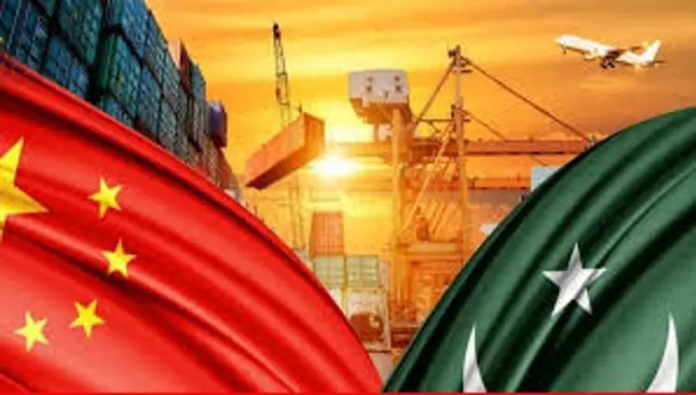
Pakistan has received $700 million in funds from China as part of its ongoing efforts to boost the country’s economy. The funding comes at a time when Pakistan is facing significant economic challenges, including a widening current account deficit, declining foreign exchange reserves, and rising debt.
The funds were received as part of a loan agreement signed between Pakistan and China in 2020. The loan agreement was aimed at providing Pakistan with much-needed financial support to help it weather the economic challenges caused by the COVID-19 pandemic.
The $700 million disbursement is the second tranche of the loan, with the first tranche of $500 million having been disbursed in July 2020. The loan has a total value of $2.4 billion and will be used to finance infrastructure projects and other development initiatives in Pakistan.
According to the Pakistani government, the funds will be used to finance several infrastructure projects, including the construction of a new hydropower project, the expansion of the country’s road network, and the development of the Gwadar port in the southwestern province of Balochistan.
The Chinese loan is part of the Belt and Road Initiative (BRI), a global infrastructure development program launched by China in 2013. The BRI aims to connect Asia, Europe, and Africa through a network of roads, railways, ports, and other infrastructure projects.
While the BRI has been criticized by some as a debt trap, Pakistan’s government has emphasized the positive impact of Chinese investment on the country’s economy. In a statement, Pakistan’s Ministry of Finance said that the loan agreement “will help Pakistan achieve its economic and development goals and strengthen the country’s strategic partnership with China.”
The funding from China comes at a time when Pakistan is also seeking financial support from other sources, including the International Monetary Fund (IMF). In July 2019, Pakistan secured a $6 billion loan from the IMF, aimed at stabilizing the country’s economy and reducing its dependence on foreign borrowing.
The IMF loan has come with several conditions, including the implementation of economic reforms aimed at reducing the country’s budget deficit, improving tax collection, and restructuring state-owned enterprises.
While the Chinese loan is seen as a positive development for Pakistan’s economy, some analysts have raised concerns about the country’s growing debt burden. According to the State Bank of Pakistan, the country’s external debt has risen to $115.7 billion, with a debt-to-GDP ratio of 111%.


